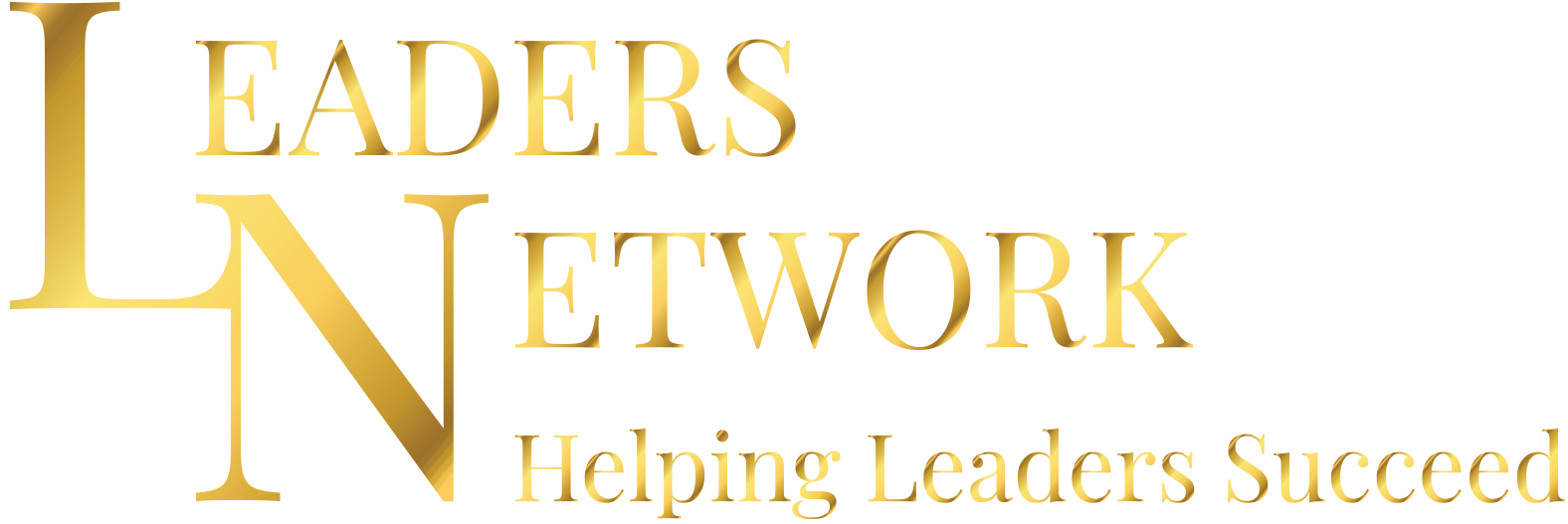Willpower Won't Save You
Results aren’t a character test. They are a test of structure. When work is framed as a system, progress becomes non-negotiable, even on bad days.

Image Shutterstock
What we focus on is what we will get, to the exclusion of everything else. Focus is a habit to build on when it comes to being productive. There will always be the quadrant one distractions that need to be attended to; however, when we let them take over how we spend our time, the desired results will suffer. Working the system is about being productive and doing what matters most.
Focus is What Matters
Having a clear focus helps you navigate the daily whirlwind and stay on track, using your plan as a roadmap, even if it involves taking a few detours. It’s a mindset, a way of being, and a way to show up every day to achieve what matters to you. Most business leaders confuse motion with progress and then wonder why results stall. The solution is simple to understand and hard to fake. Chunk your plan down, install habits that make execution inevitable, and protect them with a precise rhythm.
“There are two kinds of habits: those that serve you, and those that don’t."
Jeff Olson
Jeff Olson’s The Slight Edge makes the case well, highlighting that small, positive actions, repeated consistently, compound into outsized results. Three takeaways are timeless:
- Set clear goals with a plan—your plan is the roadmap from where you are to where you want to go.
- Maintain positive daily habits—show up, even when you don’t feel like it.
- Surround yourself with the right people—learn, grow, and hold yourself to a high standard.
As Olson says, there are two kinds of habits: those that serve you, and those that don’t. Choose deliberately.
Starts with a Story
I learned about a planning system about eight years ago, during my early days of studying human behaviour and starting my own business. My previous career spanned 40 years in a large organisation, where I was always “busy” on that daily grinding treadmill of demands and urgent tasks. It was eye-opening to realise that a structured system could be so effective. While it all made sense to me, having done a lot of planning beforehand, it was never as clearly defined as this. It was just my way of planning (which was better than nothing).
Although it resonated, I did not fully embrace it for many years. I wasted a lot of time and energy just being busy every day. So, after 4 years of being busy, I realised I was just back on another treadmill, a different one, yes, but still a treadmill that did not seem to have an off button, and my business was going nowhere.
Having a Go
I decided to give it a go, and the impact was immediate. The difference in how I felt every day, with clarity on what was to be achieved, structure in my days and weeks, and planning for each year was noticeable and tangible. One thing is for sure: I now know that being busy is not the same as being productive, in any way, shape or form. Being busy is simply being busy. The question to ask ourselves constantly is, “Am I being busy on the right things?”
In the day-to-day whirlwind, it is easy to forget that what you focus on grows. By concentrating on results-driven actions, progress will be made. Worry about the outcome, and you’ll just worry more. Breaking things down helps shift focus from anxiety about the result to actions that generate it.
Why Chunking Works
- Cognitive load is reduced - big goals can create overwhelm, whereas smaller goals or activities that lead to the goal create clarity.
- Momentum increases - small wins fuel motivation; motivation fuels more wins. Where focus goes, energy flows and action shows.
- Visibility improves - see what you have done and what to do next. This is the essence of lead measures, which aim to achieve the outcome, measured by the lag measure.
- Habits anchor the plan - When your plan is chunked into daily, weekly and monthly actions, your calendar, not your willpower, does the heavy lifting.
Busy people ask, “How can I be less busy and more productive?” Productive leaders ask, “What is the next focused step, by when, and where is it in my calendar?”
The Quarterly System
Once you know your big Wildly Important Goal for the year, forget waiting for January. Productivity is a decision, not a date. Use a rolling quarterly focus and track weekly progress. This supports alignment on what matters now and compounds the effort to achieve the annual outcome—the goals.
I use a simple rhythm: 10-30-60-120
- 10 minutes daily: Set your Top 3 and time-block them first.
- 30 minutes weekly: Review outcomes, reset priorities, remove distractions.
- 60 minutes monthly: Realign to the quarterly focus and adjust lead measures.
- 120 minutes quarterly: Choose or refine one outcome that moves the business towards the big yearly goal.
One of my favourite references (which I have framed in my office as a reminder) is a quote from F.M. Alexander, the developer of the Alexander technique, which seeks to maximise human health and potential. “People do not decide their futures; they decide their habits & their habits decide their futures.”
Developing habits around a planning system and structure in business beats willpower hands down. First, you must want it; then, there is a need to develop the ability to do it, and this is where habits play their role. Then willpower can kick in to get things done. Protect this rhythm and watch the execution of your plan compound to achieve your goals.
Five Steps to Chunk Your Plan
Step 1: Decide on One Outcome to Achieve in the Quarter.
Write a single, measurable quarterly outcome that advances your annual goal. Clarity on what needs to be achieved creates the courage to accomplish it. If you’re juggling five “priorities,” you have none.
Step 2: Identify goals in each Category.
List your main categories, such as Sales, Marketing, Operations, Customer Experience, and Team. For the quarter, define the goals or activities for each business category to achieve the overall outcome. Some categories may be in maintenance mode.
Step 3: Break the quarterly goals and activities down into monthly.
In each category, set priorities for each month of the quarter. This is the detailed breakdown that sharpens focus on priorities. This next level of chunking enables a focus on one month at a time, and when urgent or hectic tasks arise—something that happens daily—there are fewer overwhelming tasks and activities to handle, while keeping sight of priorities.
Step 4: Build the Weekly and Daily Flow.
Every week, decide on the top 10 tasks that move the outcome. Physically write three down on your weekly planner. These are your weekly lead measures to “lead” you to your goal, so ensure they use the SMART framework. Handwriting your weekly tasks on a planner creates visual and language networks more than typing, which deepens memory, sharpens focus, and reinforces the neural pathways for intention, attention, and follow-through.
Each morning, pick the three that matter most. These become your daily top 3 lead measures, which go in the calendar before anyone else’s noise does. Time blocking these priority activities is how you convert intention into behaviour to achieve your results, which is your lag measure.
Step 5: Review every day.
As you progress through the week, check in each day to review progress. Move activities to a different day if needed. The aim is that by the end of the week, all the top 10 activities for the week will have been completed or, at the very least, progress will have been made. This review process involves determining what you need to stop, start, or continue doing to create the necessary change.
This is Quadrant 2 discipline, where the focus is on important tasks, not urgent ones. Building the mindset that this is your priority is what needs to be guarded and protected.
Decide Consciously
Interruptions are inevitable; however, how you choose to respond is up to you. When they happen, ask yourself: Is it essential? Significant? Or just background noise? If you must address it, decide what you're willing to sacrifice in return. It's tempting to keep adding things, but that's what leads to overwhelm. The task list grows larger, yet the time to complete it remains limited.
Consciously decide what to remove from your calendar so that you can attend to the most important activities. Always return to the plan and reset your top 3 for the day, and adjust them for the next day if necessary. Your plan is your roadmap. Stick to the route, take a tourist drive, if necessary, adjust for the traffic that gets in your way, without changing the destination.
To Sum Up
Follow these steps to create a rhythm in your planning that shows you're not just 'busy’ but truly productive. Ninety days is all you need to establish this rhythm and develop effective habits that will change how you approach each day and week. Then, repeat this 90-day cycle as your quarterly planning cycle throughout the year to achieve that one big outcome—your Wildly Important Goal.
The key point here is that structure beats willpower. Break your plan into chunks. Maintain the rhythm and observe how your consistency in sticking to your planning routine strengthens and compounds into results.




